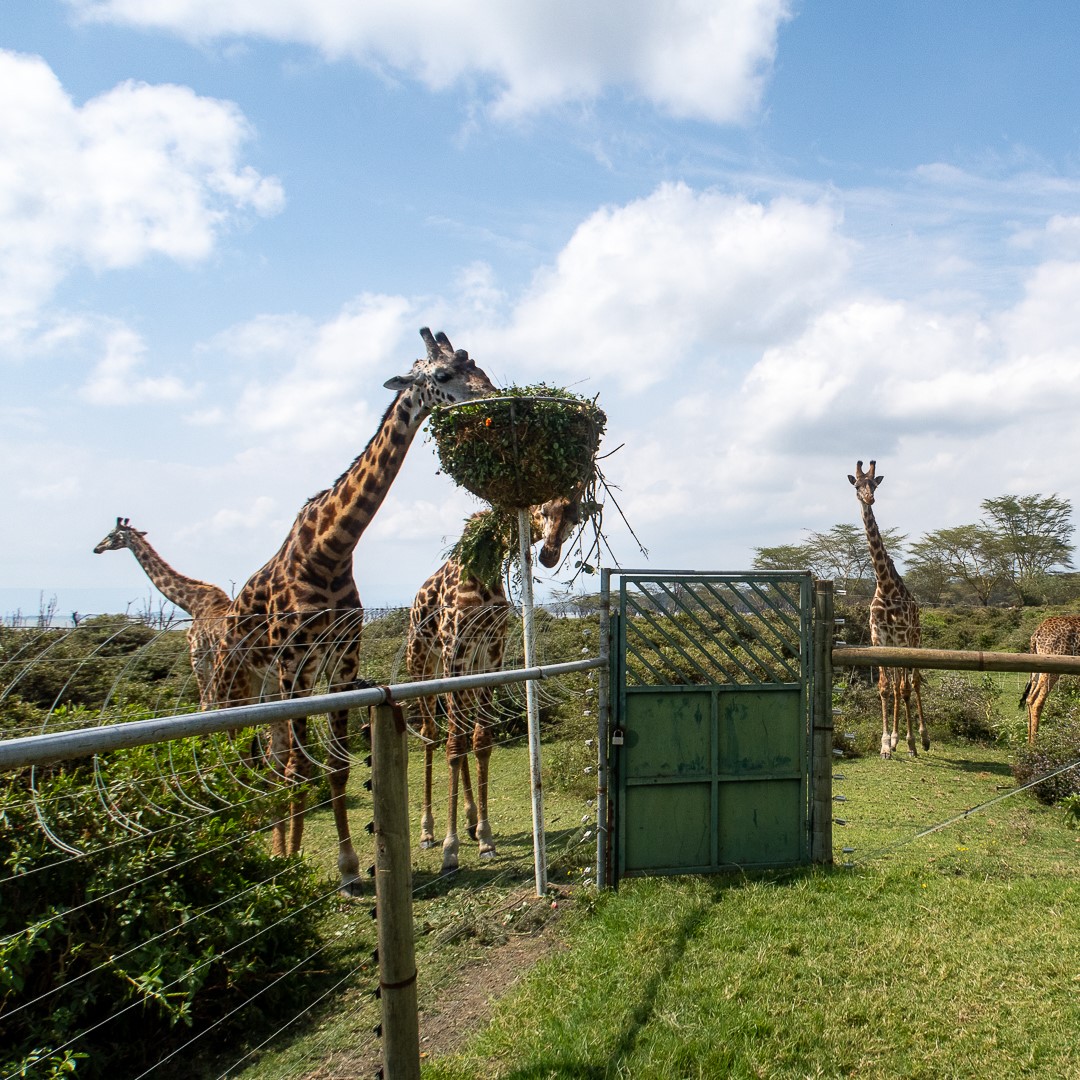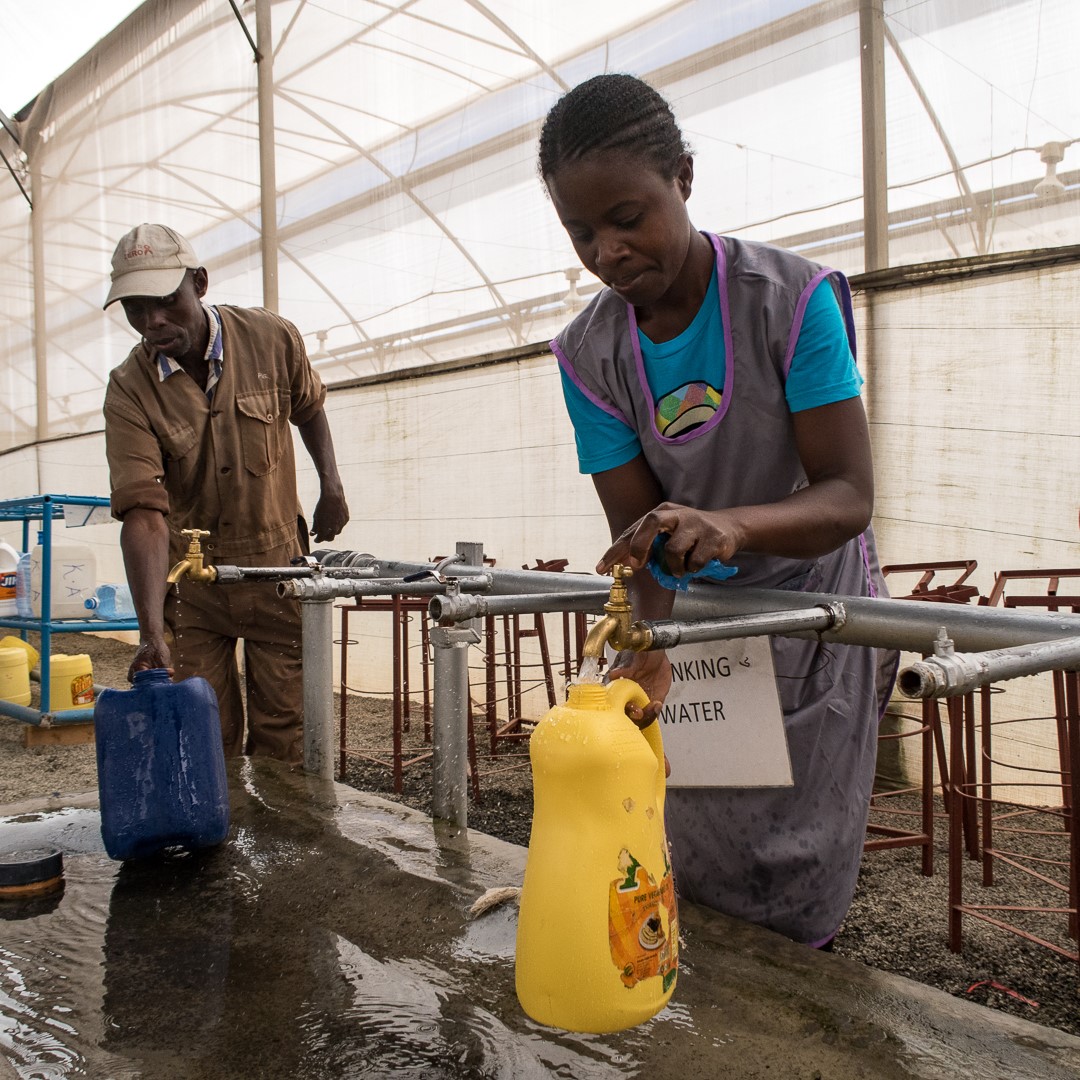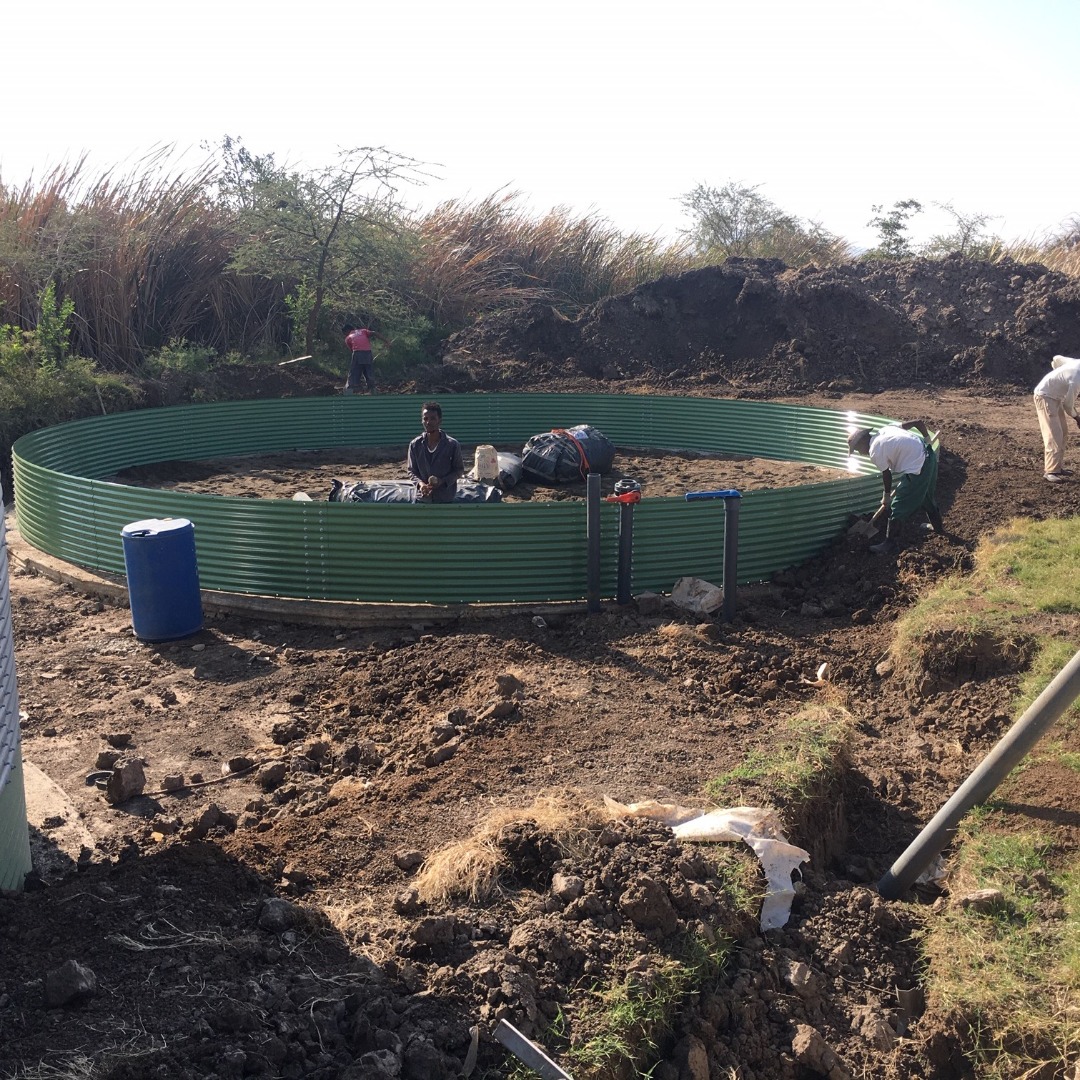Restoration Riparian Land
Wetland Lake Naivasha
Florensis Kenya is located on the shores of the beautiful and ecologically Lake Naivasha. We feel that farming on the shores of this important lake comes with a lot of responsibilities for protecting the lake and its surroundings. Lake Naivasha is surrounded by a wetland area, which floods and dries up over the years. This area between the land and lake is called the Riparian land.
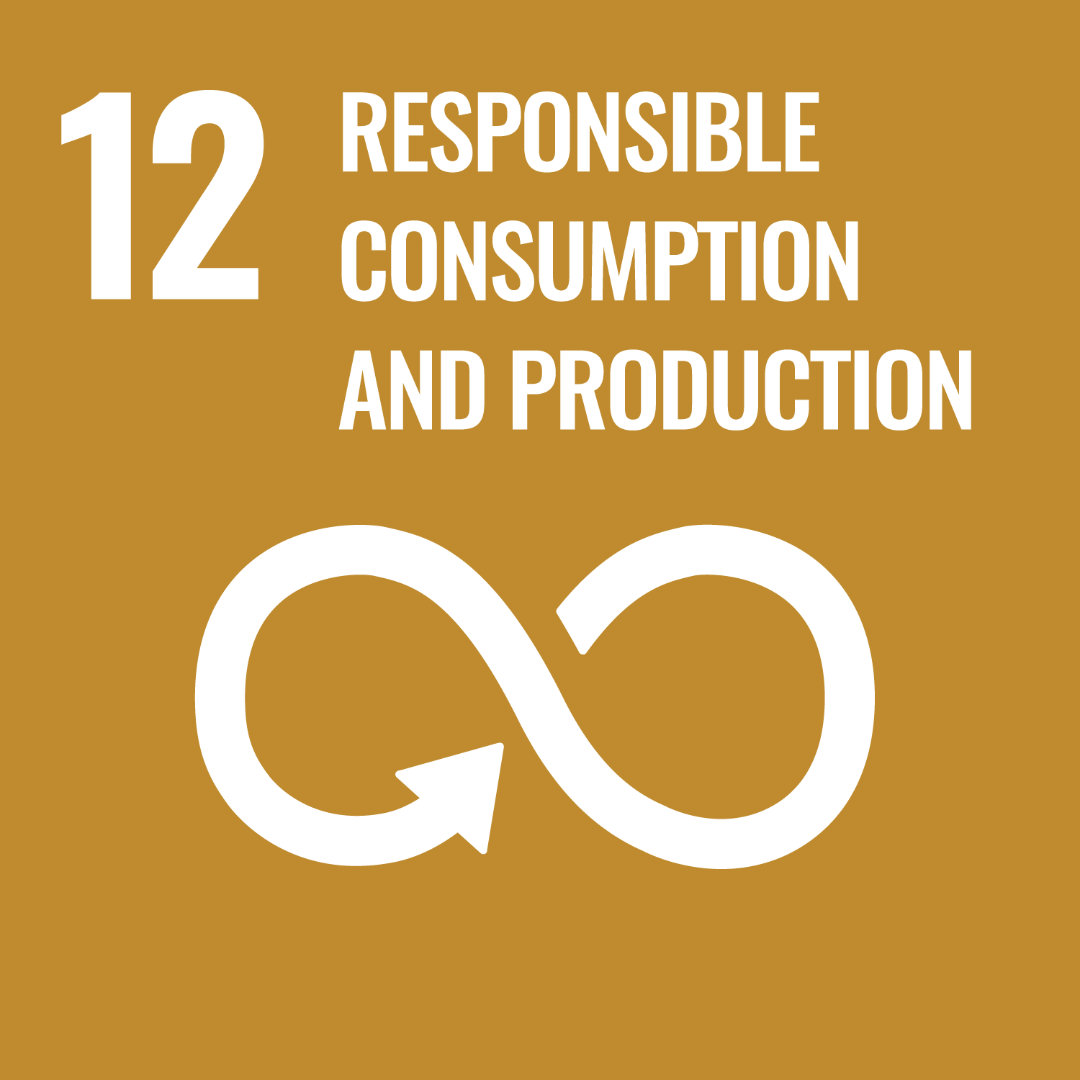
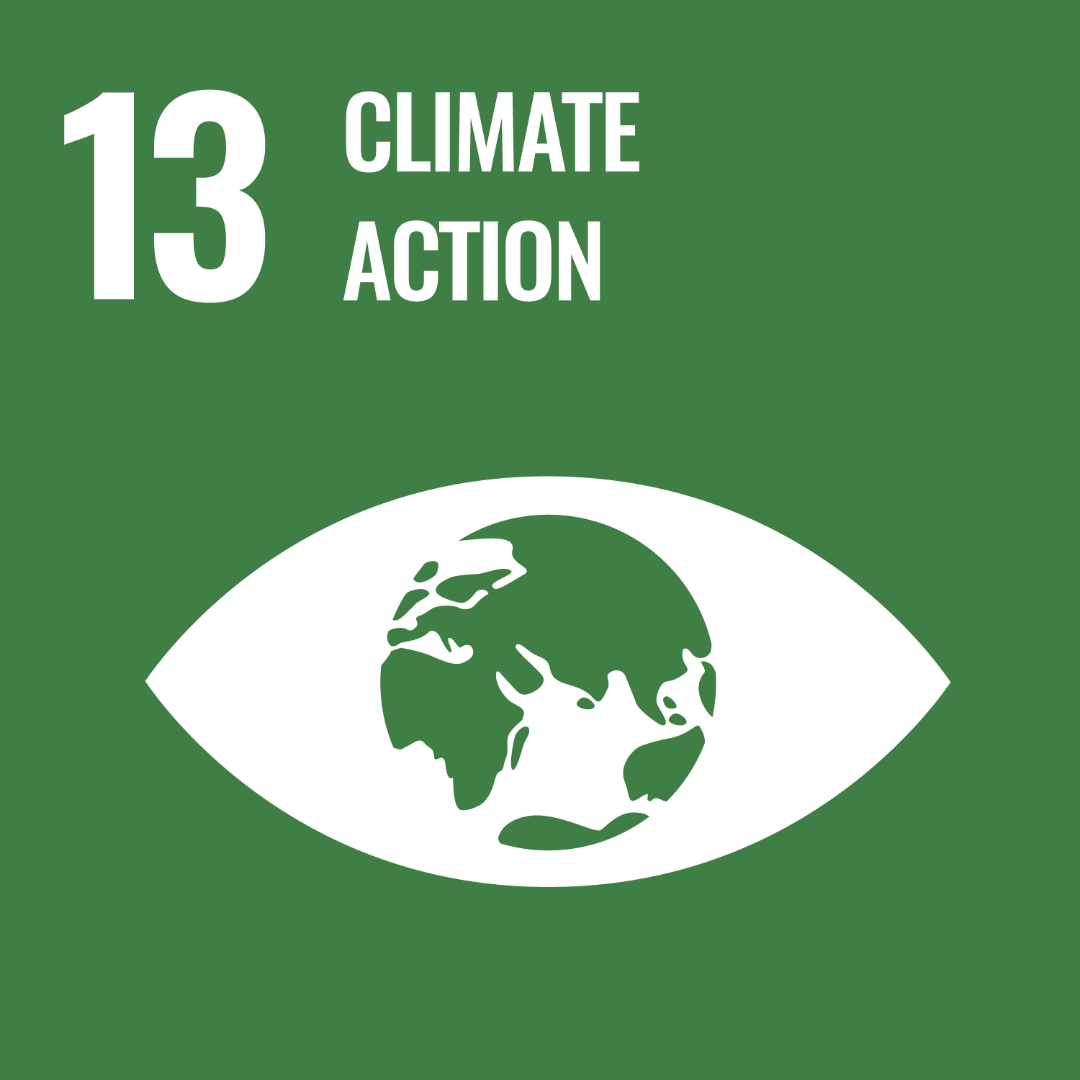
Old Rose farm
In 2011 we became custodians of the Riparian land. Until then it was used as an rose farm with hardly any biodiversity present and a ecological depreciation of the land. Florensis proposed to restore the natural conditions of this area. This began with the removal of the rose plants, regulating human activity on the land, adding organic material and planting approximately 6000 indigenous trees.
Constructed Wetland
The efforts to restore the Riparian land resulted in achieving a broad biodiversity, in lowering carbon foot print by the tree planting and providing an ecosystem (irrigated by our constructed wetland) to prevent erosion and maintaining water quality, where our employees and environment can enjoy nature.
Providing irrigation
The excess water from our farm and employee village is treated through our constructed wetland, designed to clean the water, before releasing it back into the lake. The outlet of this wetland ends on the Riparian land, where it provides irrigation year round and makes it a heaven for wildlife in the dry season!
Results
By limiting interference with the natural ecological processes, yet providing year round irrigation, we have managed to restore its hydrologic processes and geomorphic features, which contributed towards the reinstatement of most riparian vegetation. Since the start our efforts had already resulted in:
- 40 natural plant species (new record!)
- 54 species of birds (in 2019 the recorded bird species exceeds over a 100!)
- 38 insect groups
- Several mammal species (which include Zebra, Hippopotamus, several types of monkeys and bucks, a group of around 15 endangered Masai Giraffes and carnivores such as Hyena, genet cat, mongoose, African clawless otter and even Leopard).
The coming years
The coming years we will continue our efforts to increase the biodiversity. To make this all possible Florensis takes part in several public-private partnerships regarding the conservation of the Riparian land. It is quite unique that farms and government cooperate in achieving the same goals.
Photo's
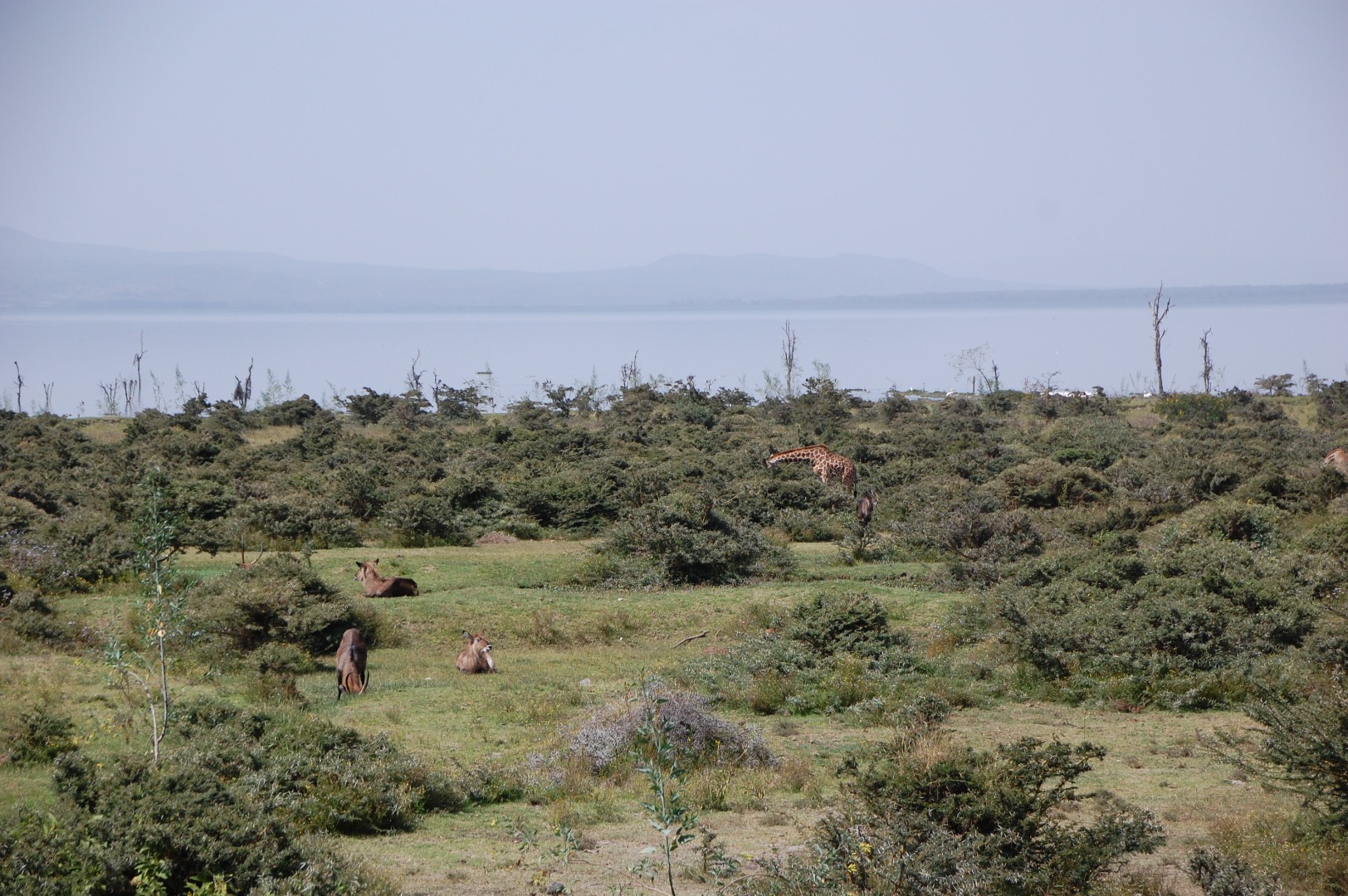
Riparian land, January 2018
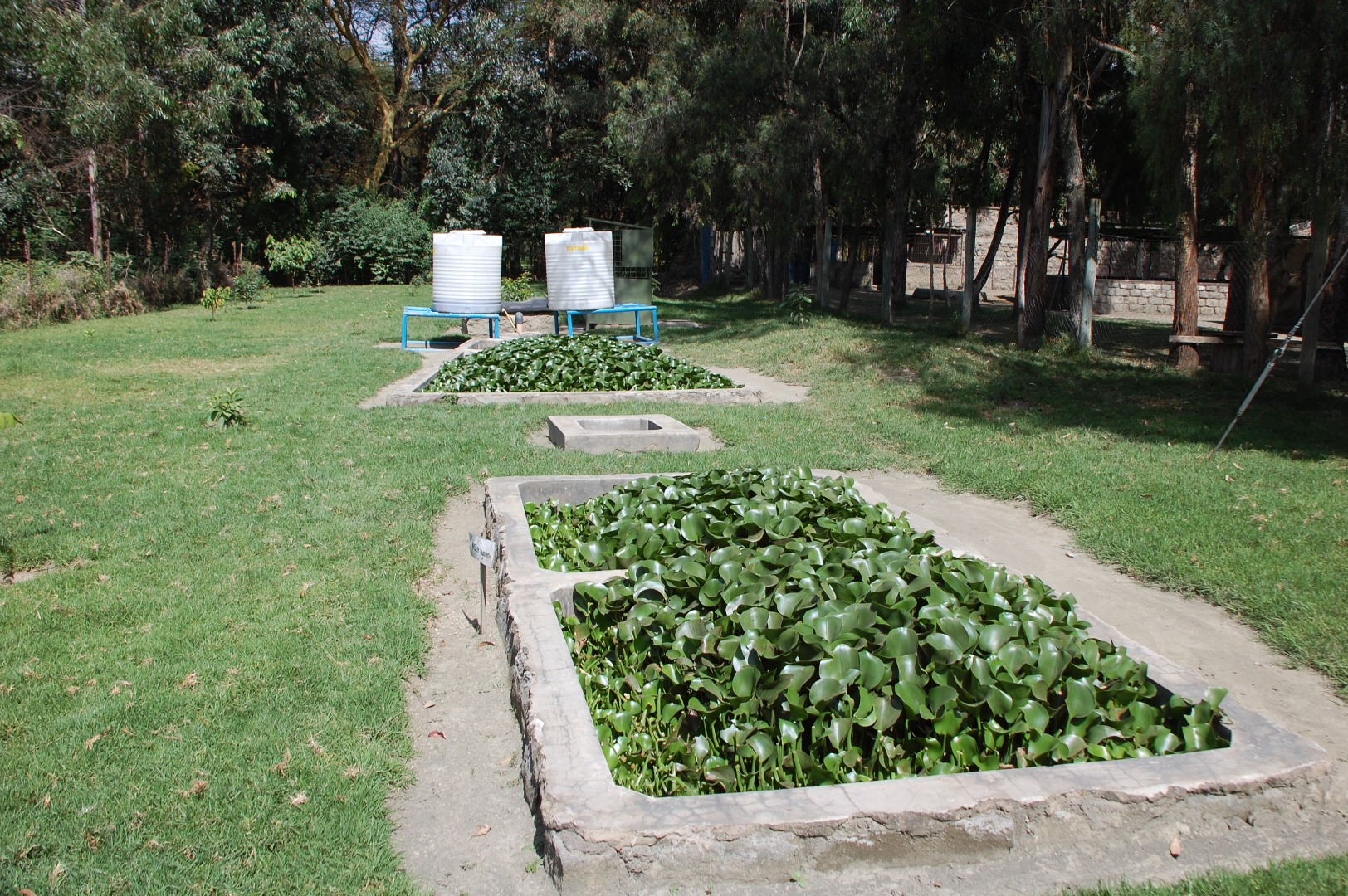
Constructed wetland eco system.
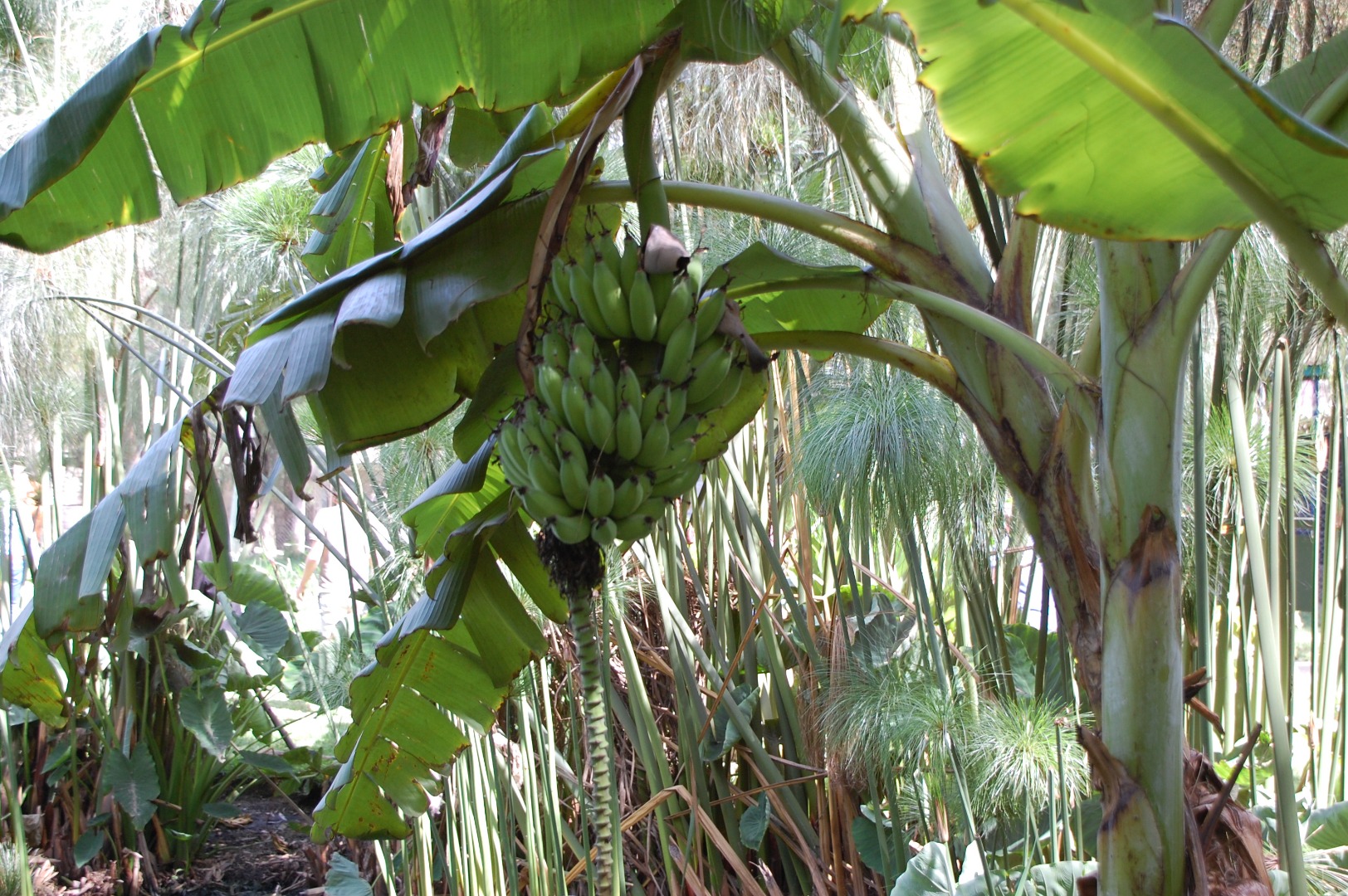
Banana trees in the wetland.
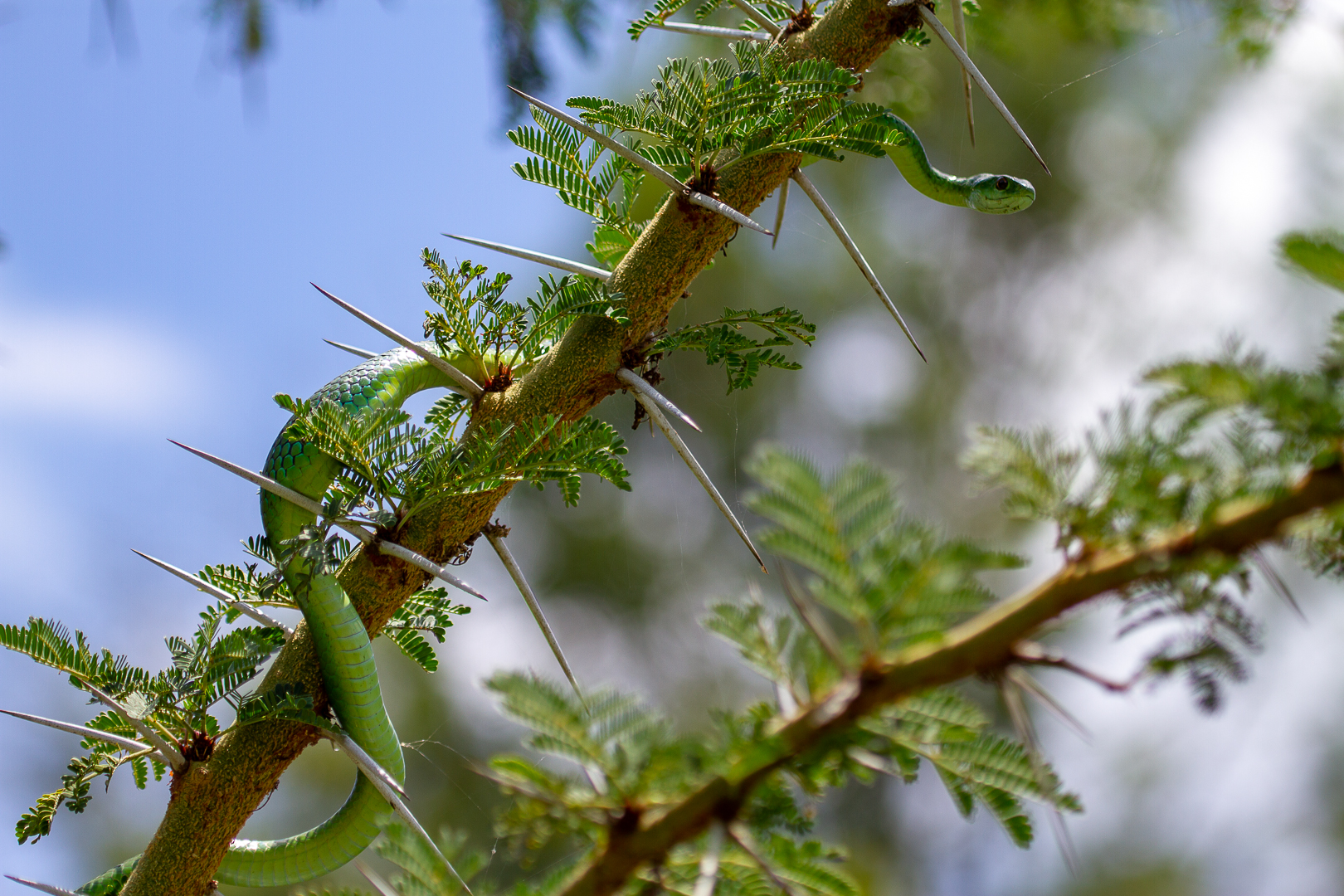
All kind of animal species.
Sustainable development goals
With this project we contribute to SDG goal 12 ‘Responsible consumption and production’ and goal 13 ‘Climate action’ , two of the six Sustainable Development Goals that we selected to focus on in our sustainability policy.


